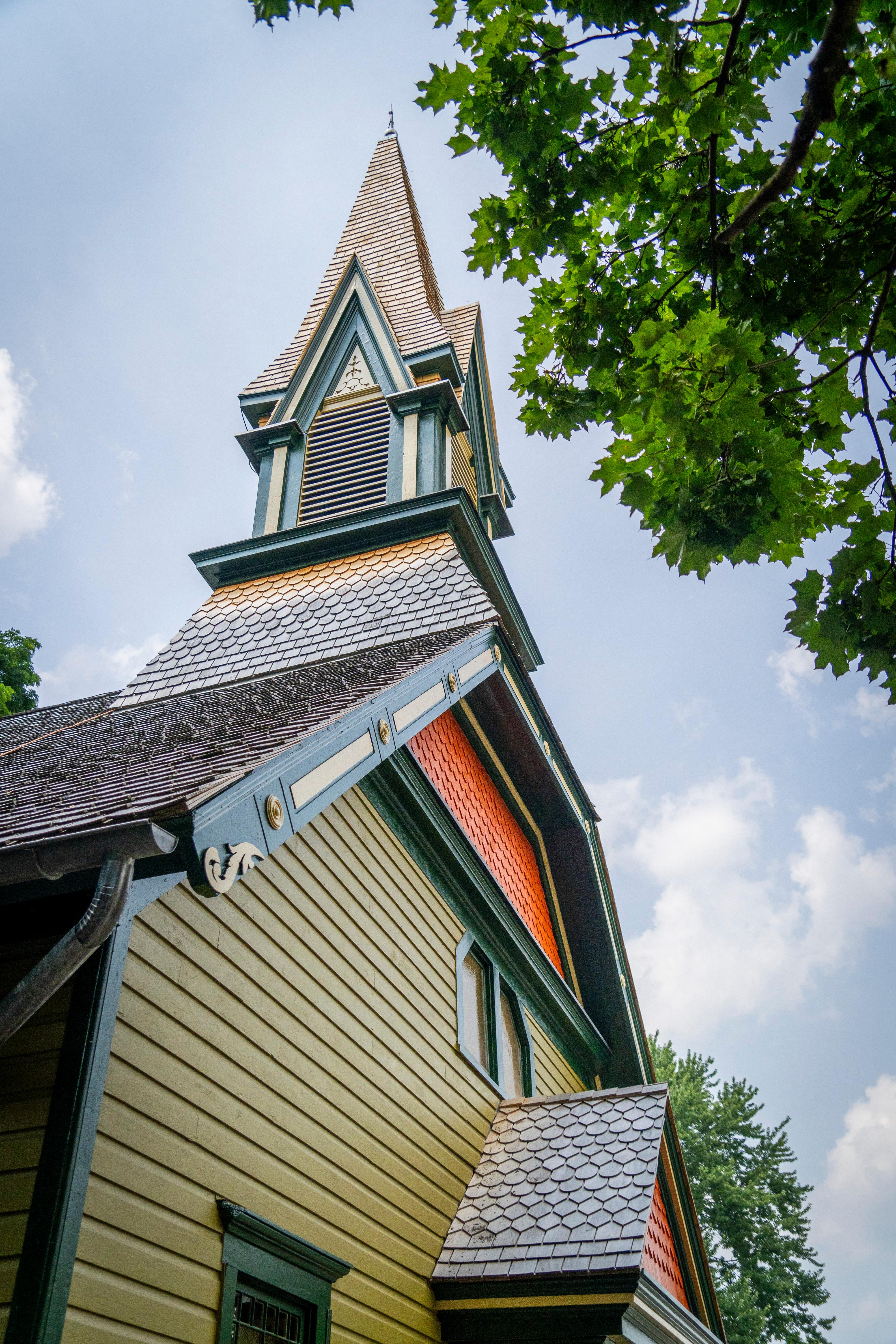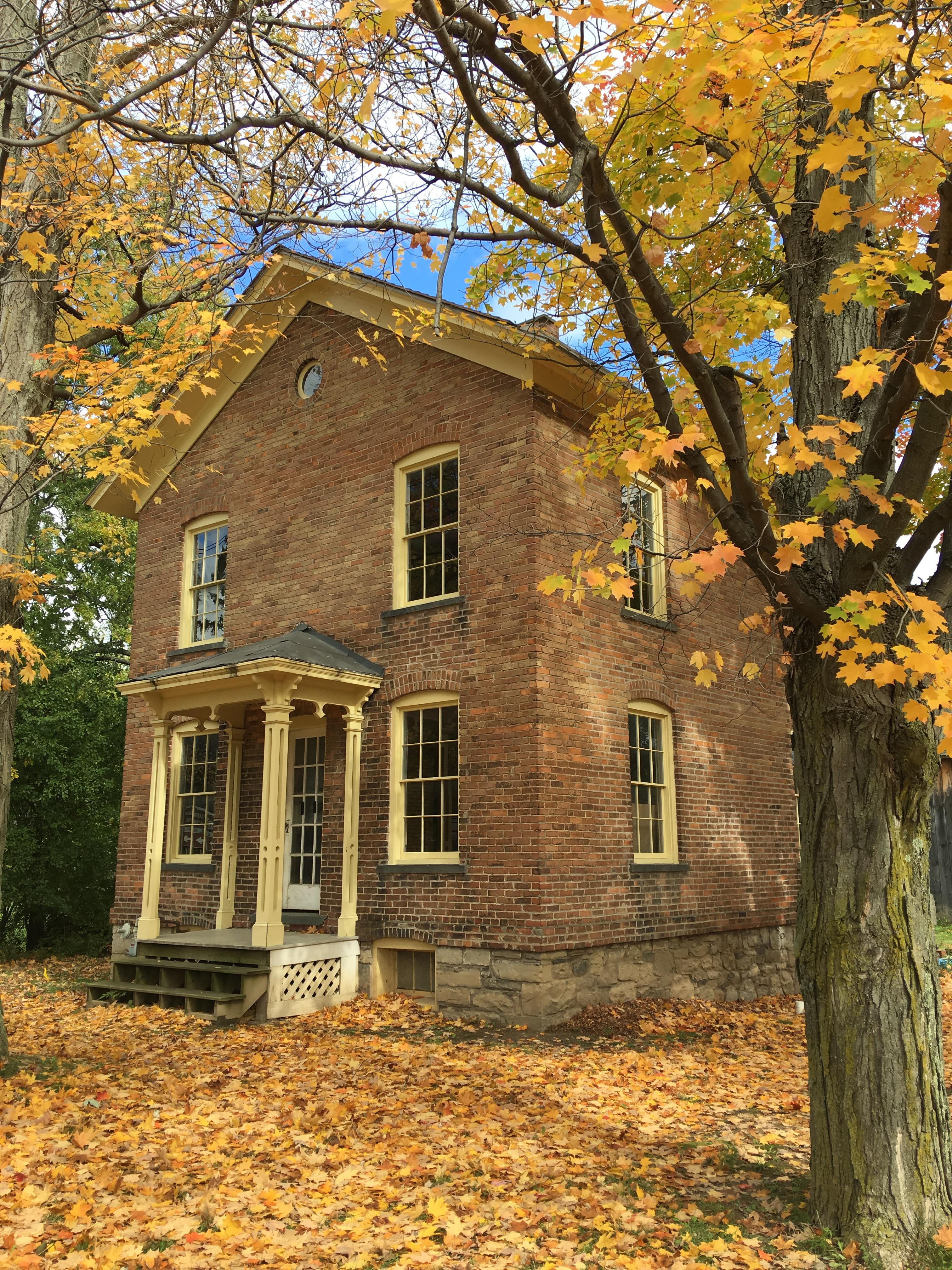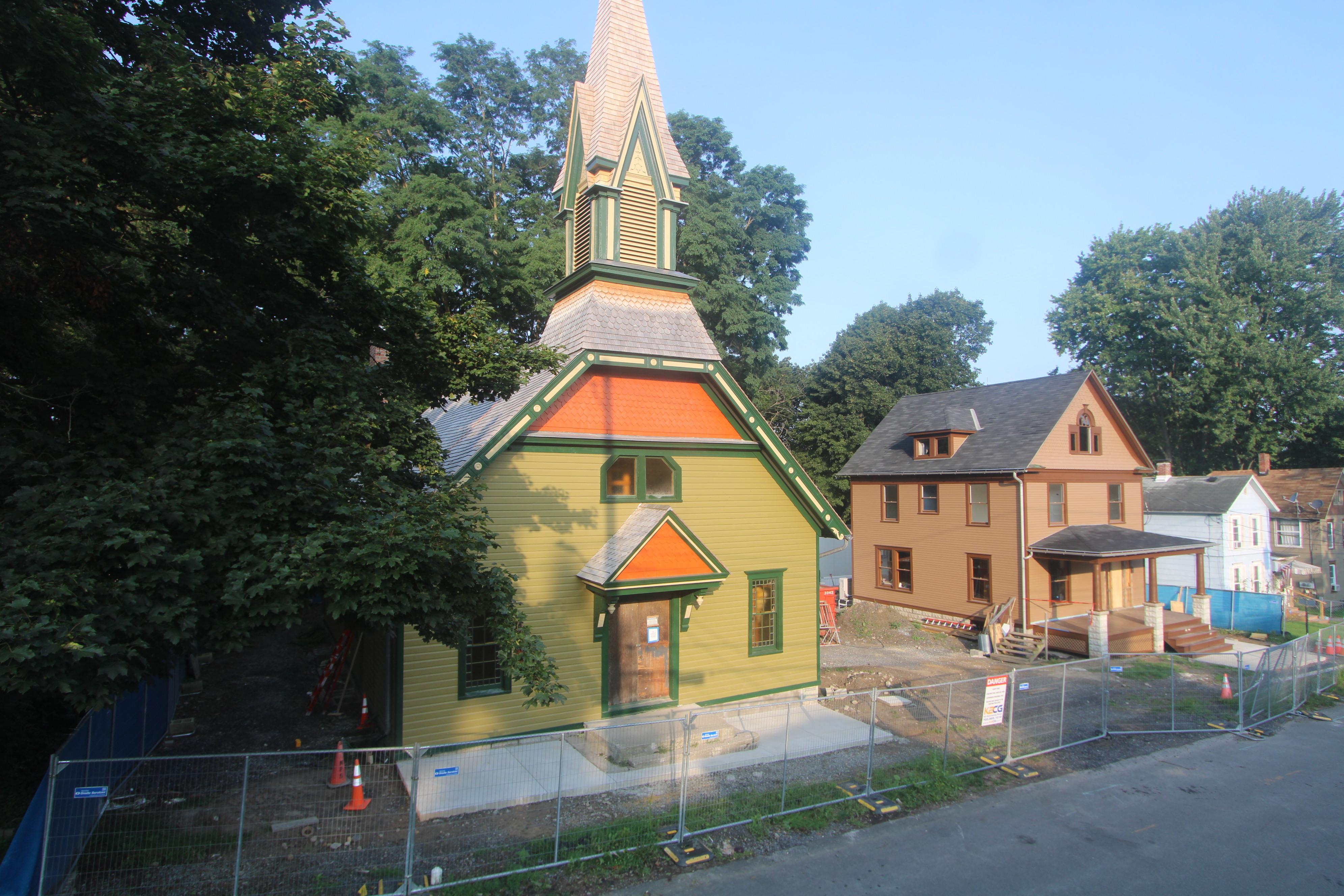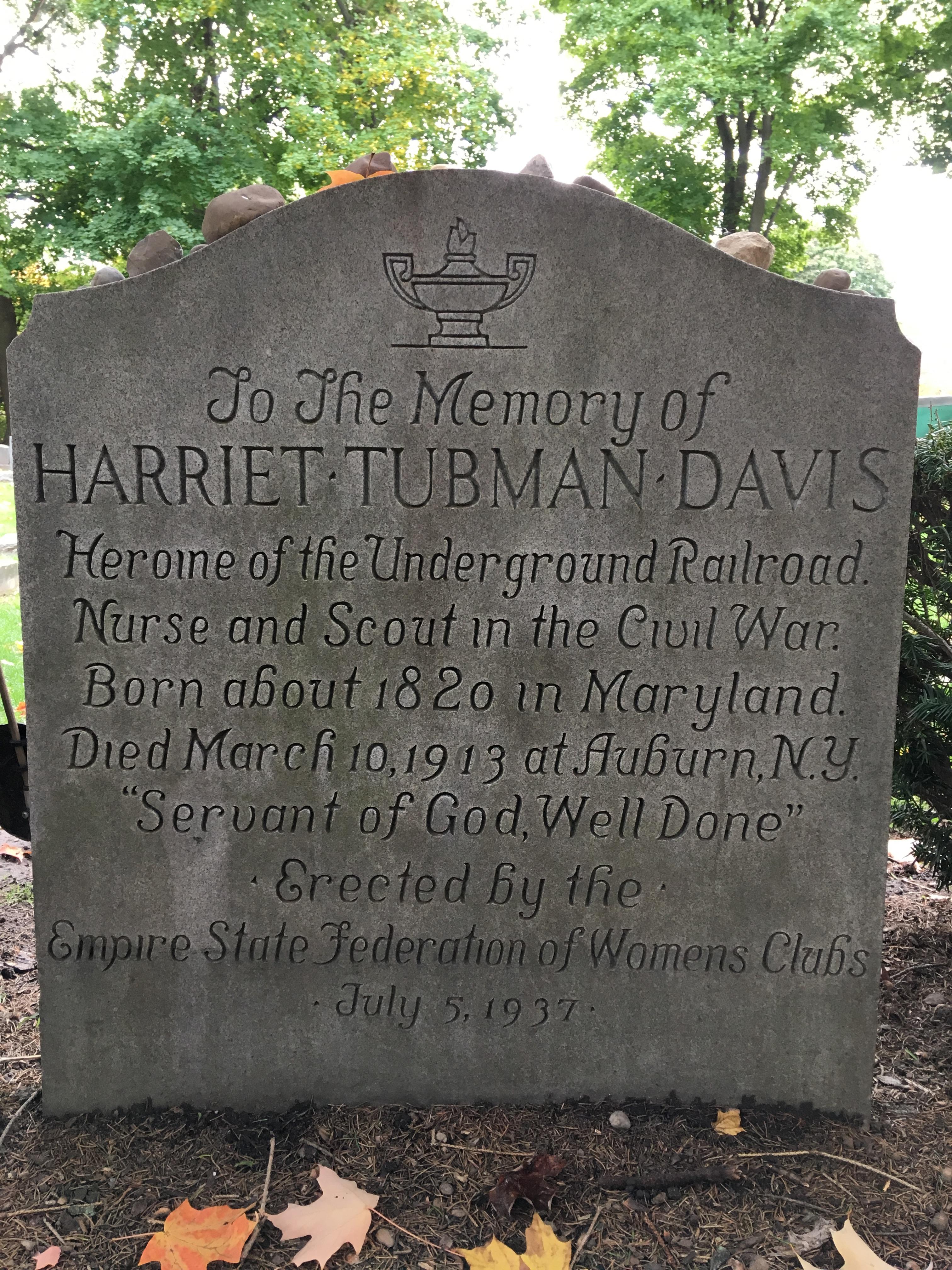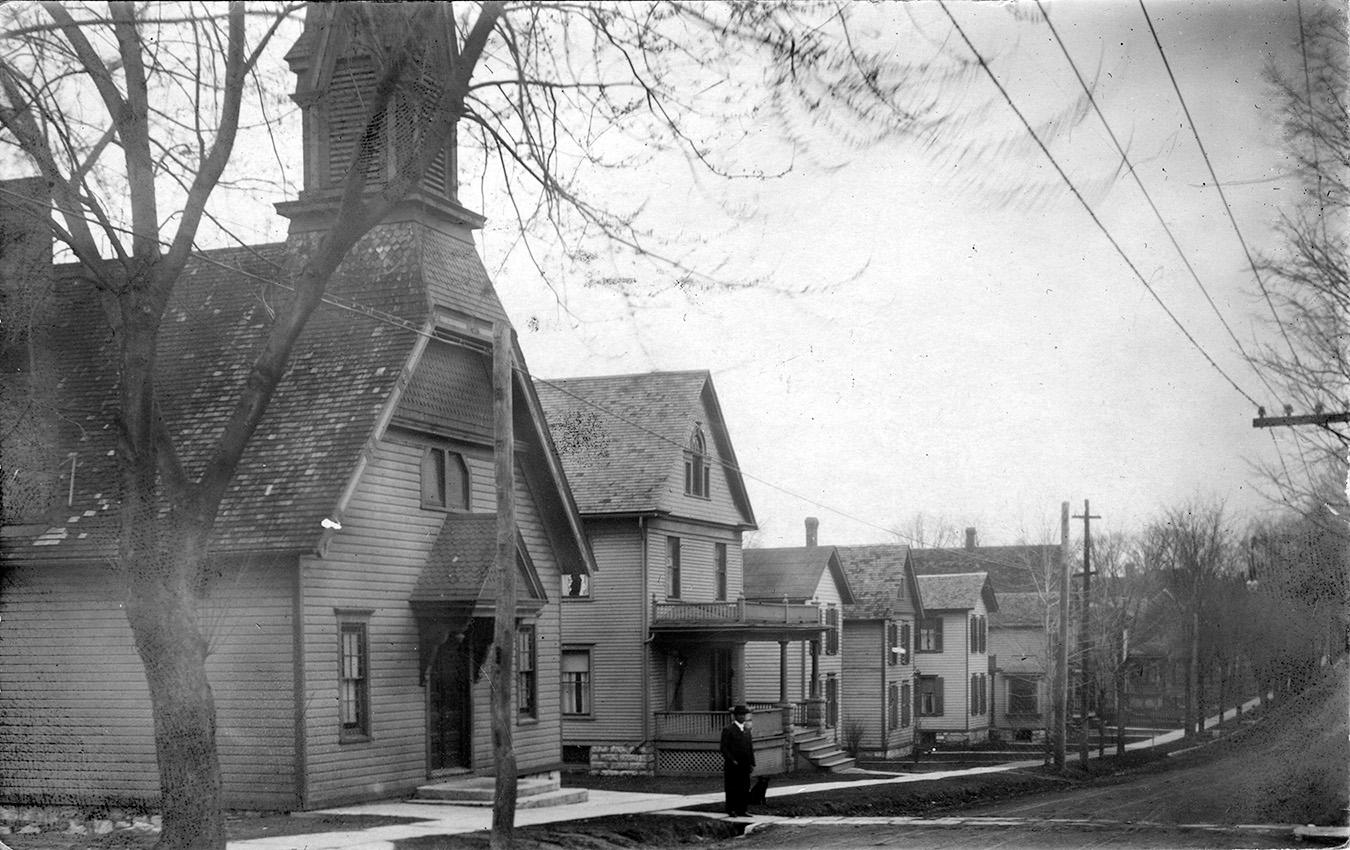Harriet Tubman was guided by a deep faith and devotion to family, freedom, and community. After emancipating herself and members of her family, she moved them from Ontario, Canada to Fleming and Auburn, New York in 1859. Central New York was a center for progressive thought, abolition, and women’s suffrage where Tubman continued to fight for human rights and dignity until she died in 1913.
Thompsom A.M.E. Zion Church
The Thompson A.M.E. Zion Church and parsonage are the primary buildings for visitors to Harriet Tubman NHP. They are currently undergoing restoration.
Harriet Tubman Residence
Tubman's Auburn residence.
Thompson Memorial A.M.E. Zion Church
Located near Tubman's home, the church continues to honor Tubman's legacy of freedom.
Tubman Grave
Tubman grave at Fort Hill Cemetery
Thompson AME Zion Church 1913
The AME Zion church in Auburn, New York.
